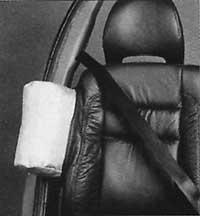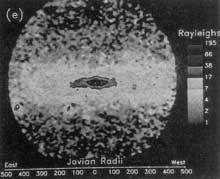How does the car's airbag or air bag work?
2000/10/11 Elhuyar Zientzia
|
The air bags of the cars are not inflated thanks to the compressed air. The air bags are filled by chemical reaction and are not filled with air but with nitrogen. The reagent of this chemical reaction is sodium acid, composed of a sodium atom and three nitrogen atoms. Sodium acid molecules are stable in normal conditions, but when heated they react to each other to give sodium atom and nitrogen gas. From a hand filled with sodium acid, that is, 130 grams of sodium acid, you can get 67 liters of nitrogen and 67 liters of nitrogen if it is a gas enough to fill the air bag of the cars. But with nitrogen the sodium atom is also formed. Sodium is very reactive and reacts with water to form a sodium hydroxide. Sodium hydroxide is very corrosive and can cause severe burns in the eyes, mouth, or nose. To avoid this risk, other chemical compounds that react with the sodium atom are placed in the air bag. In this way, reaction with water is avoided and products as toxic as sodium hydroxide are formed. The mechanism of the air bag, on the other hand, is simple: in the front of the cars there are sensors that detect collisions. In case of a collision, the sensor sends an electrical signal that explodes the deflagrant product inside the air bag. The heat of the explosion causes the decomposition of sodium acid and the filling of the air bag with nitrogen. The process, of course, runs very quickly. Since the sensor detects the shock to fill the air bag 30 milliseconds, that is, 0.0030 seconds. |

Gai honi buruzko eduki gehiago
Elhuyarrek garatutako teknologia





